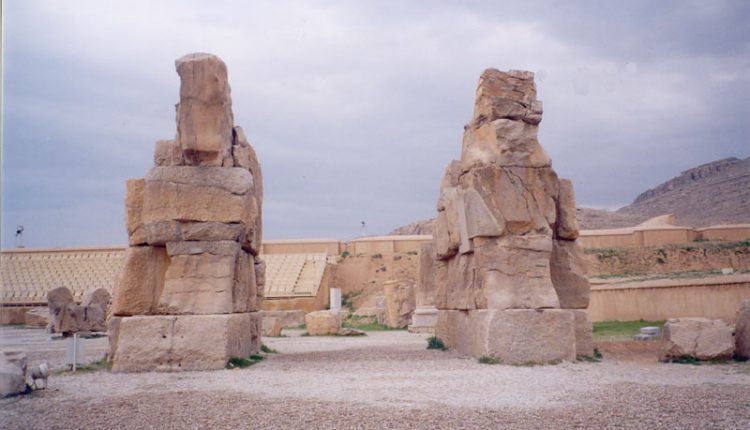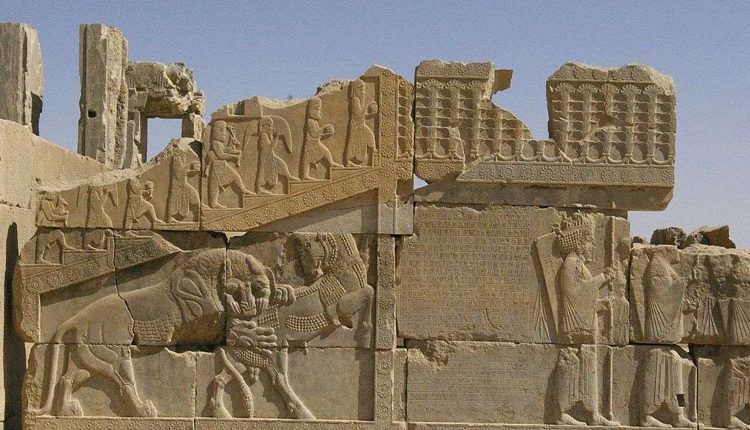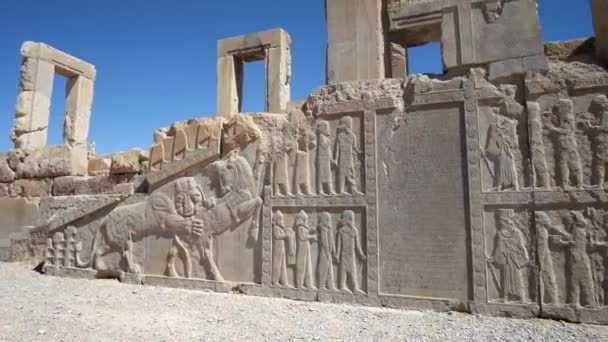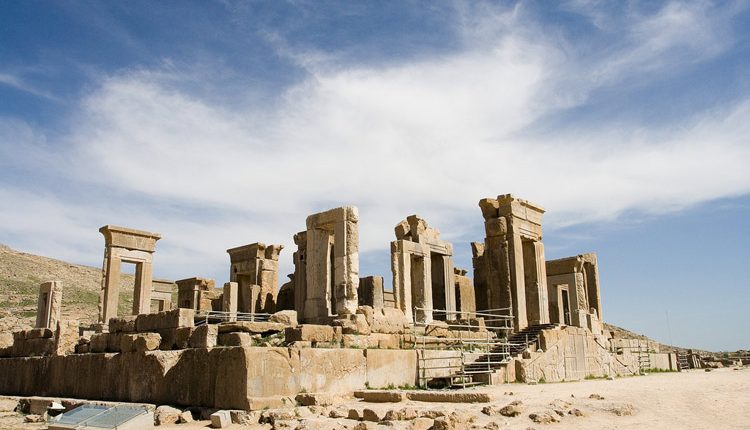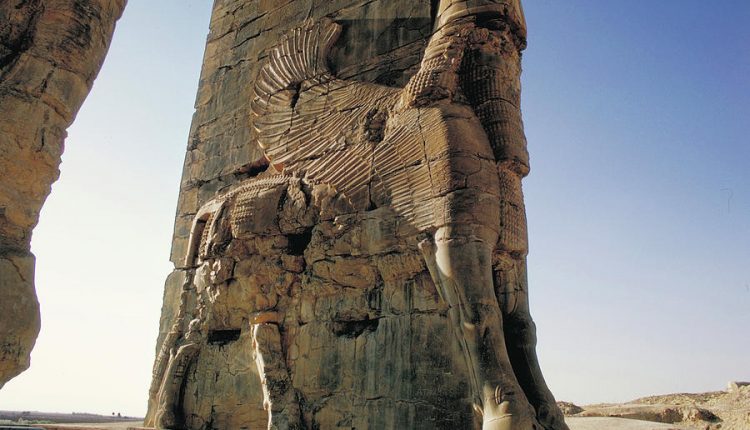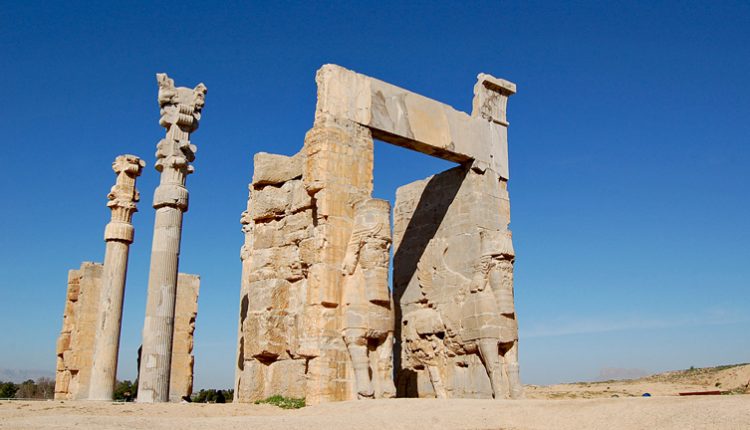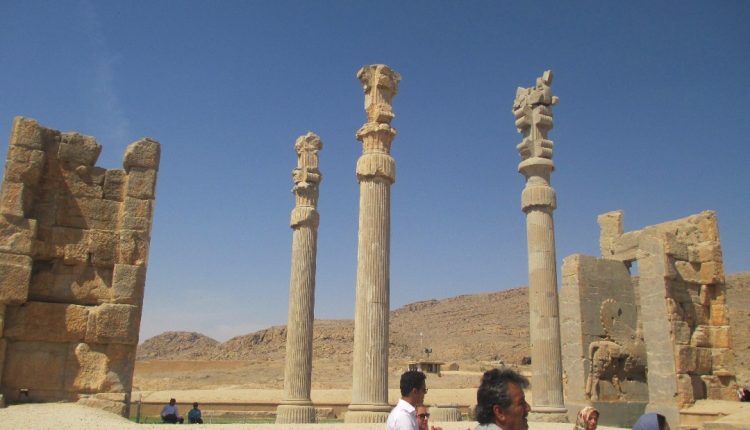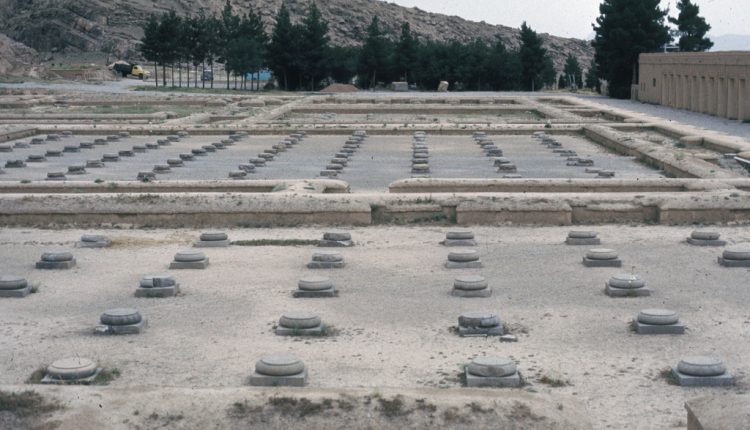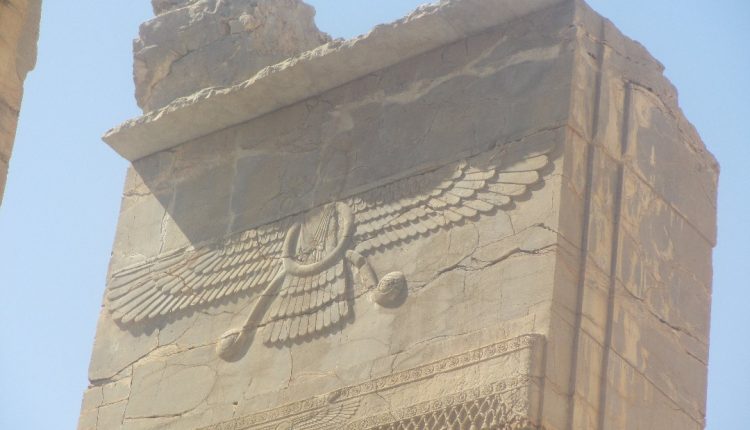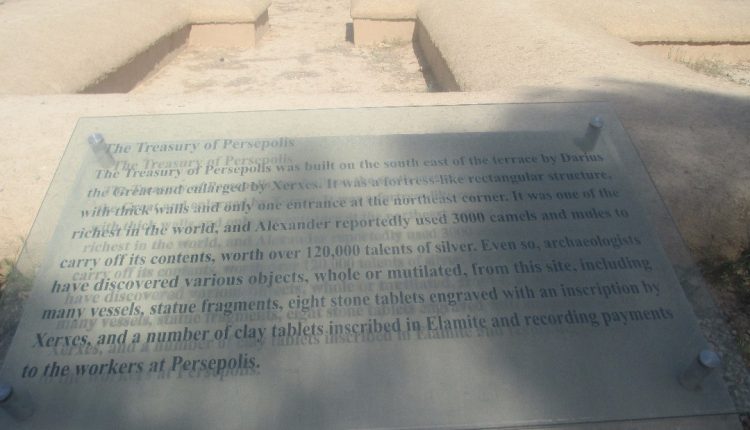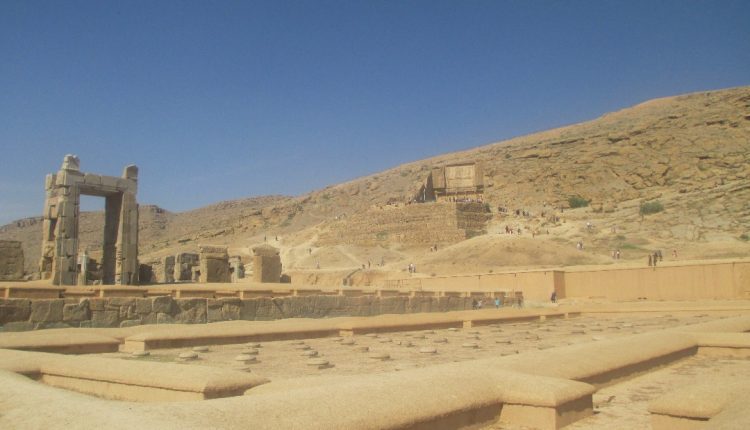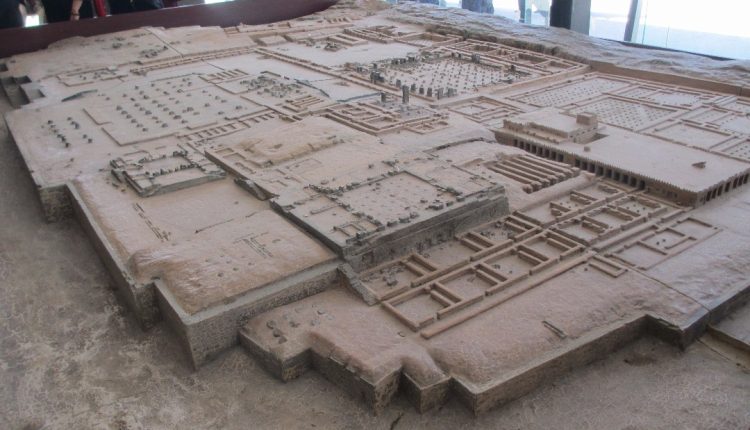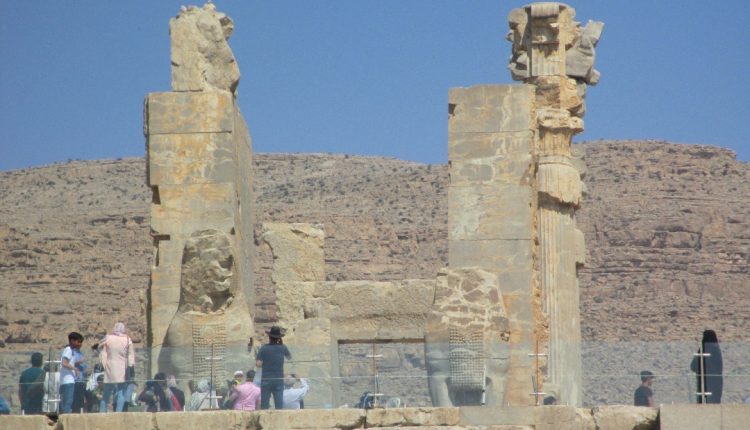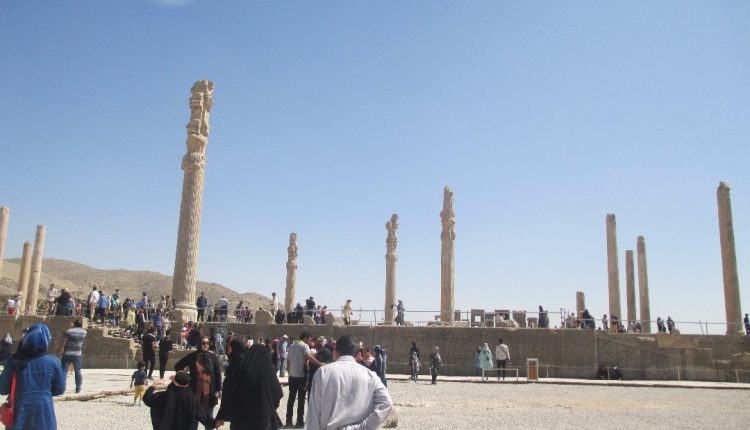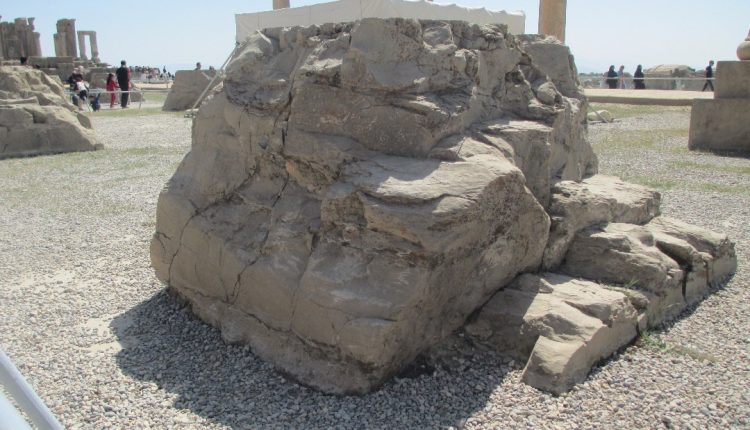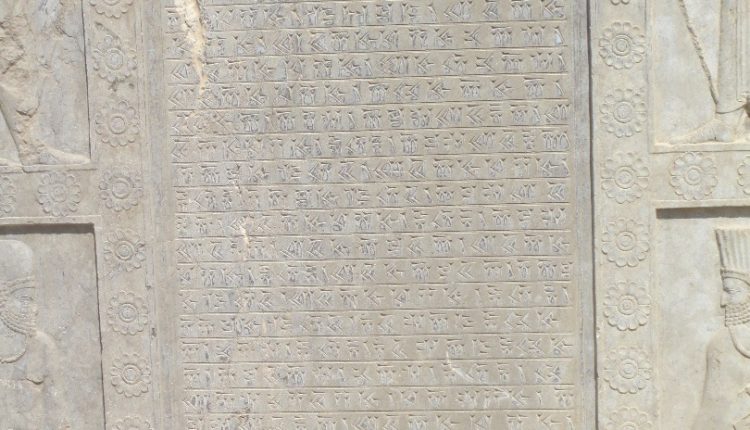Persepolis; The Most Popular Historical Place of Iran
Persepolis; The Most Popular Historical Place of Iran
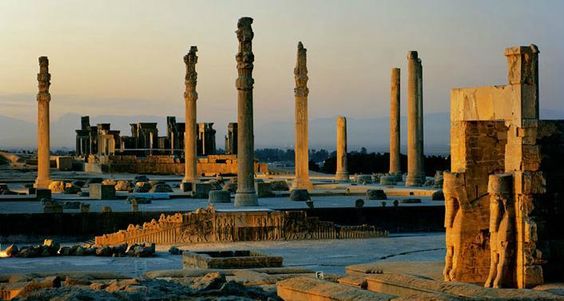
Persepolis; The Most Popular Historical Place of Iran
In this post we want to describe the most important place of Iran, known as Persepolis. Construction of this place started from the age of Darius I reign and finished 150 years later. During these 150 years, different architects gathered from all around Iran. This place was recorded as a national monument in UNESCO in 1979. This historical-and-must-to-go place is situated at a layer with area of 120000 square meters and consists of palaces of Achaemenid kings. Based on inscriptions, it seems there was nothing in here before Persepolis.

History
Persepolis was a national and sacred place for holding celebrations like Nowruz, Mehregan and etc.

Inscriptions of southern part of here shows that maker of Persepolis is Darius I. There are many inscriptions showing the lifestyle of the people and political affair of Achaemenid era.

This place has different names like Persepolis and Parse. Parse is derived from Pars and that is because the kings of Achaemenid empire were from Parsi people. Persepolis is the name by which European call here and it means the symbol of culture and power of Persia.

During Sassanid era, people named 100-columned- palace for here. Based on some beliefs, Jamshid, who was the mythical king, built spectacular places; therefore, here is called Takht-e Jamshid. Some historians believe that a person whose shape on wall can be seen is Jamshid.
Architecture
This huge place is consisted of big palaces belonged to Achaemenid kings. There are entrances carved in sizes of 300×450 meters. There are some runnels used as the ways for transferring water from mountains.

Steps of Construction
First step of construction started during reign of Darius I. Important parts built during Darius era are runnels, treasury of king and Apadana palace. Second step also started during reign of Darius I and finished during reign of his son. During the third step, different palaces and parts like Tachar Palace, Melal Gate, stairs for entering, Hadish and Haramsara palace were built.

Runnels, Canals and Other Parts
For crossing water, runnels and canals are under palaces. Architects built ways for pumping out the sewages to the southern part of Persepolis. It seems that the first part was built is the treasury.

This place is located in southeast of Persepolis in which 1345 people used to work. Apadana is the biggest part of this place and it is also known as the heart of Persepolis. It lasted nearly 30 years for finishing the construction of Apadana.

About Apadana Palace, construction of it started with treasury and is the first palace of Iran made of stone. Capacity of central part was more than one hundred thousands and 72 columns had been built for roof maintenance with height of 25 meters. In northern, eastern and western part of Persepolis, there are porches which had two rows with 6 columns.

Weight and height of the columns are 20 meters and 85 tons. There are shapes of two legendary lions in eastern porch and at the top of the columns of western part, there are shapes of cows. There are also wooden rods and plates placed vertical and horizontal. At the top of the columns in central part of this place, there are shapes of cow.

You can see pictures of animals, soldiers and some legendary shapes on the walls. Archeologists have discovered some chairs in the main hall of Apadana, so it seems that owners of here filled it with chairs, carpets and etc.

One of the main parts of Apadana are the eastern stairs showing the art of ancient architects of Iran. There are four rows with 31 stairs here. On the surface of the stairs, you can see lithograph of different people of different regions. Artists of Achaemenid era have engraved the shapes of servants giving gifts to the kings. There are more than 811 pictures of humans and other creatures in Apadana.

In two sides of eastern stairs, you can see shapes of Achaemenid soldiers and different agents of country. The shapes of different parties show the unity in that time.

Tachar Palace
One of the palaces that was built by Darius I is Tachar or Winter palace. Stones of this part reflect the light as a mirror does. Dimension of this part is 30×40. A hallway with 12 columns is showing art of artists during Achaemenid era.

The columns, unfortunately, are destroyed because they were made of wood. In the eastern part of the palace, there is a big room. In contrast with the other parts, architects have used adobe for building Tachar. In the eastern and western parts of the room, there are two doors on which shapes of Darius I and his servants can be seen. It seems that writing names of different kings and governments was common here during the time. You can see different inscriptions of different eras like Parthian Empire, Sassanid kingdom, ages after Islam and etc.

In the southern part of palace, there is a gate which has two rows of stairs and on the walls, you can see shapes of different servants.
Darvazeh Melal Palace
A palace located on the northeastern across from stairs of Persepolis. It is known as Darvazeh Melal since through which agents of different countries entered.
Darvazeh: Gate
Melal: Nations
Darvazeh Melal: The Gate of All Nations

For greeting to agents, designers tried to build Darvazeh Melal as a glorious gate. This part was built by order of Xerxes. The palace had 3 doors with 4 columns. There were stony chairs here for agents to sit. Just 2 columns of the palace are intact. Archaeologists repaired one of the columns that was broken.

In the western part of this palace, there are gates which were protected by two winged cows. Shape of the winged cows is mixture of Achaemenid and Assyrian Art. These shapes are mysterious because the two cows have the head of human.

Entering Stairs
Two rows of entering stairs that are placed against each other were built by Khashayar Shah. Width, length and height of the stairs are 38 centimeters, 7 meters and 150 centimeters. Generally, there are 111 stairs.

Hadish Palace
Construction of Hadish started from Darius I era and finished by Xerxes. During the years, it was named as Xerxes palace, but one of the Iranian archaeologists found some inscriptions indicating that the name was changed to Hadish.

There was a runnel for transferring water. Southern part of Hadish palace was always open and it worked like an air conditioner. This palace has two rows of stairs and a big yard and southern part of it was the central hall with 36 columns.

Haramsara; Palace of Queens
This place was built by Khashayar Shah near treasury of Persepolis and was not accessible any other people. Haramsara was a palace for keeping queens in which just the king could enter.

This part is located in the south of Persepolis and it is separated from other places. In the main hall of Haramsara, there were 12 wooden columns burnt by Alexander. In all shapes on the walls, kings had expensive jewelries, but on the walls of Haramsara palace, they didn`t. After finishing third step of construction, fourth step started.

During the fourth, palace of 100 columns was built. Construction of this part finished during the reign of Xerxes` son.
During the reign of Ardeshir III, a palace with 32 columns and different ways was built. Unfortunately, when Darius III was constructing a gate on the northern part of the 100-columned-palace, Alexander attacked here and destroyed many parts of Persepolis. There are different ideas about this palace, some historians believe that there was a new treasury of Persepolis and some of them believe that there was palace for keeping soldiers.

Palace With 3 Gates
Known as the palace of council, located in the center of Persepolis. This palace has 3 gates connected to the other parts. You can see shapes of different nobles speaking, so that is why here is known as the palace of council. This part was built by order of Ardeshir I. There were 3 columns, 3 doors on south, east and north of palace and a stone in the middle part.

Palace of Ardeshir I
There is no enough information about this part and we can say that here was the home of Ardeshir I and has different architecture in contrast with other parts.

Unfinished Gate
Construction of unfinished gate started from Ardeshir III, his son continued construction and that was near to finish during reign of Darius III, but because of Alexander invasion, it was not finished.

How to Get There?
Travel to Shiraz and follow the Shiraz-Persepolis road. After Passing Marvdasht, you will reach there.
Address: Iran, Fars Province, Shiraz, Takht-e Jamshid or Persepolis

